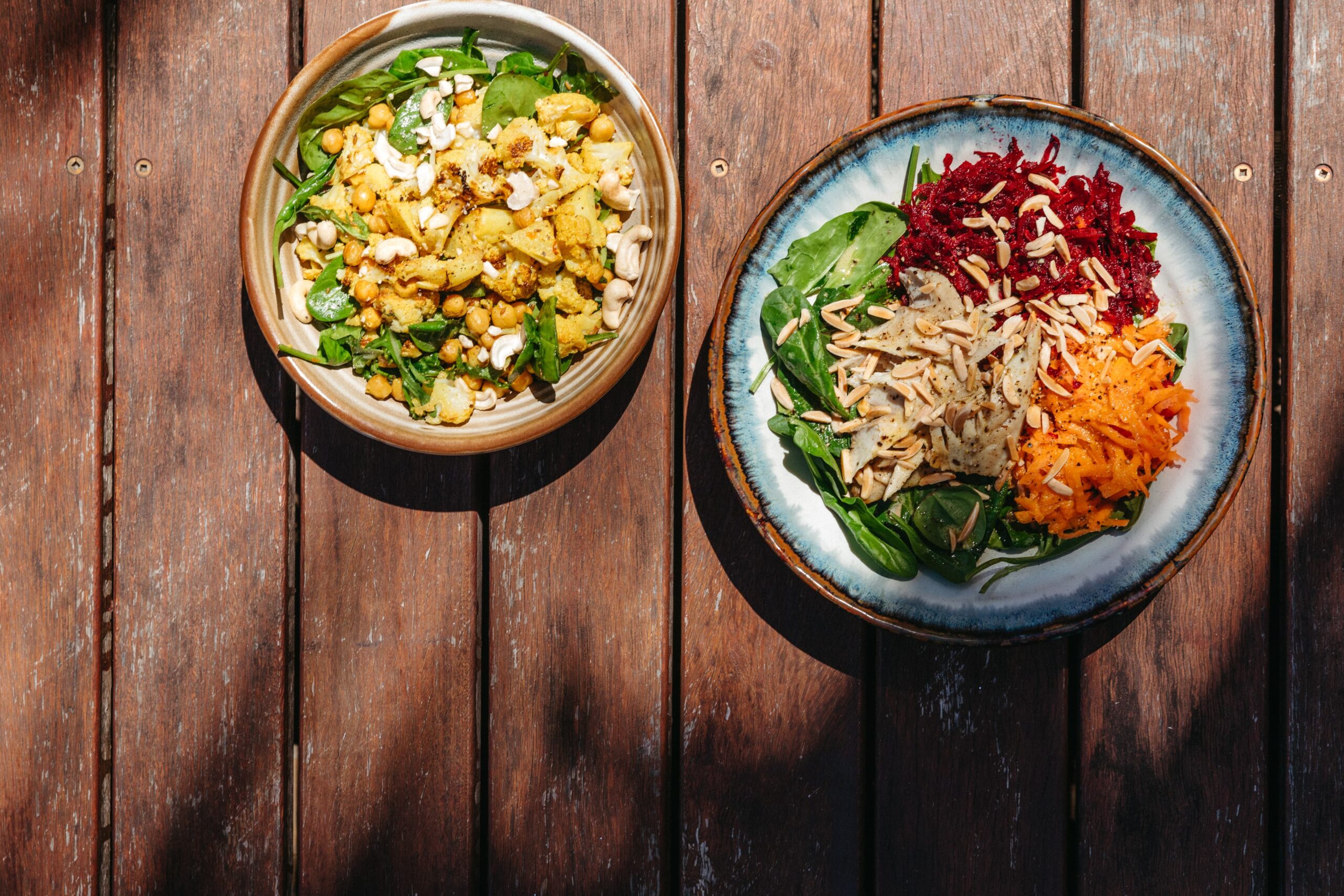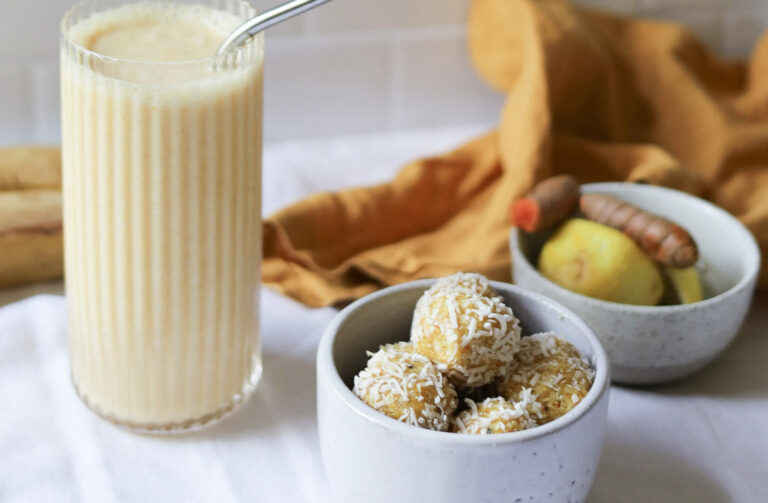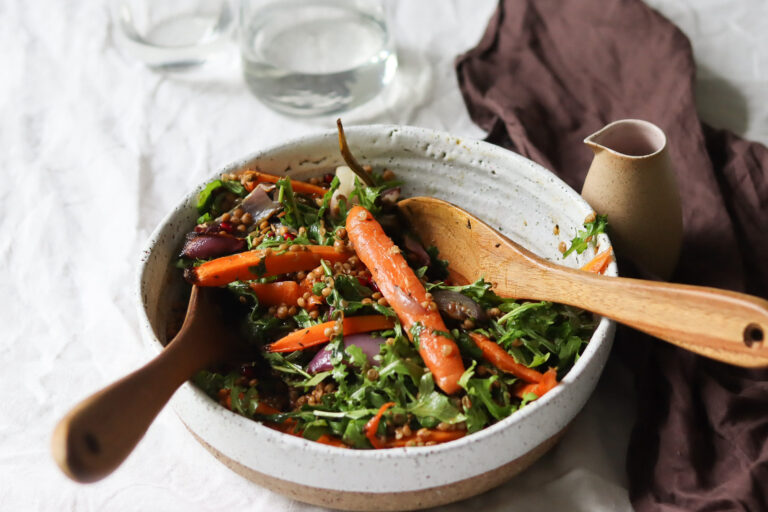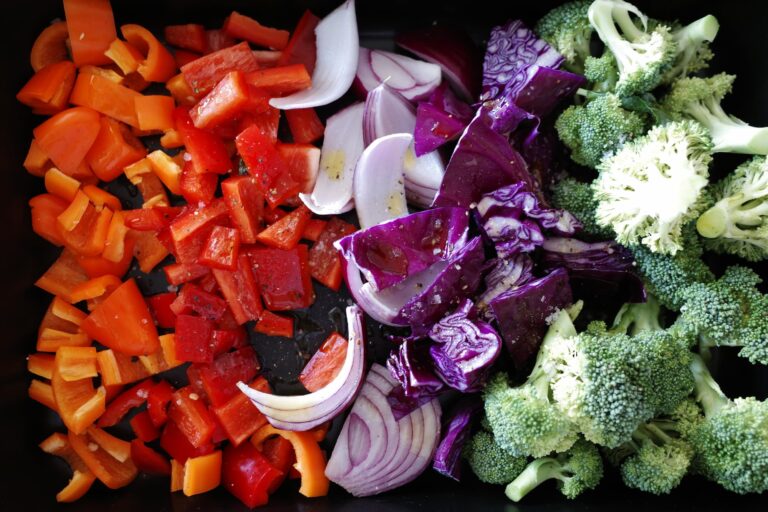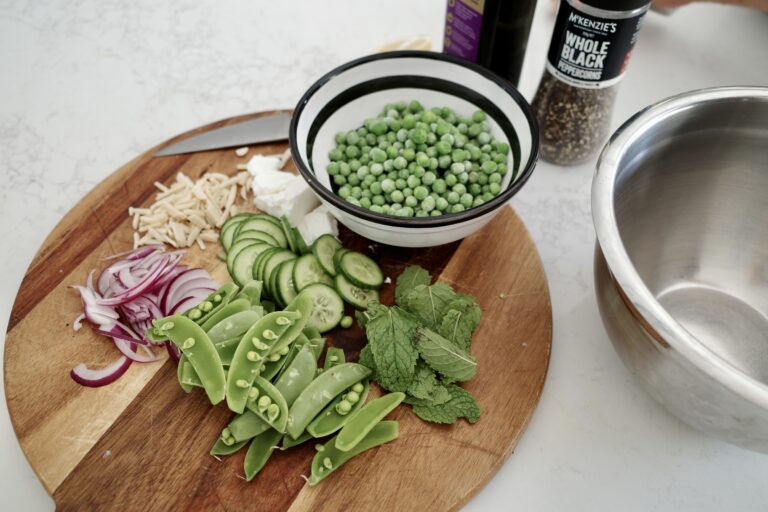When we talk about cleansing, we are focusing on the basics of nutrition to nourish and support our bodies without feeling restricted or intimidated by nutrition fads and misinformation. Cleansing allows an opportunity to reflect on our lifestyle habits, release elements that don’t serve us and adopt balanced, healthy routines.
Our CLEANSE Meal Plan is designed to cleanse your body, reset your mind and support your movement journey. This meal plan will introduce you to nourishing ingredients and balanced recipes to support the body’s natural detoxification process, improve gut health and promote a healthy digestive system.
Feel refreshed, energised and confident as you embark on your next challenge and continue to evolve your Fluidform experience – creating the best version of you.
Pregnancy & Breastfeeding
We have provided recipe suggestions and adjustments for pregnancy however before starting any new diet and exercise program, follow the advice of your healthcare practitioner and clear any exercise and/or diet changes with them before beginning.
For any pregnant or breastfeeding mothers, energy requirements are higher than normal. To increase the energy in the meals, add your choice of grain, legume or our seed bread, or double the portion if it is present in the recipe. And supplement with nourishing snacks in between meals as needed.
Dietary Adjustments
This meal plan includes options for gluten free, dairy free, vegetarians and vegans. Please note, the shopping list will need to be adjusted for each.
Key Elements of Cleansing
1. Supporting the liver (and other organs)
The liver is the star of our natural detoxification processes. It helps us convert the food we eat into nutrients we can use, plays a role in the metabolism of everything we eat, clears toxins from the system and keeps our blood sugar stable. A fully functioning liver keeps inflammation low, our hormones happy and body healthy.
2. Removing inflammatory foods
Inflammation is a necessary body process, but we don’t want our bodies to be in a state of inflammation constantly when it’s not necessary. When there is too much unnecessary inflammation in the body, we are at greater risk of digestive problems, low moods, hormonal problems, water retention and other nasty conditions.
3. Providing our body with an overload of food based nutrients
The human body is simple. When we are feeding our body with nutrients (fresh fruit, vegetables, quality proteins, fibre-rich whole grains, legumes, anti-inflammatory oils, and plant-based fats) our organs thrive and our risk of health problems is significantly lowered.
4. Balancing blood sugar
To stay consistently energised, and even lose weight if that is a goal, it’s important our blood sugar is balanced. In this challenge we’ll focus our meals on protein, healthy fats, fibres and whole grain carbohydrates that keep us satisfied, energised and prevent a blood sugar rollercoaster.
The Benefits
By lowering inflammation and supporting the body through this meal plan, some of the benefits that are possible for you include:
- Weight loss
- Weight loss is often a natural result of eating well, particularly when focusing on proteins and healthy fats.
- Healthy digestion and gut
- Reduction of symptoms such as bloating, gas, indigestion or digestive discomfort.
- Clear skin
- Many skin conditions are rooted in inflammation, so by reducing this and providing your body with the antioxidants and nourishing fats that keep our skin glowing, you may experience clearer and glowing skin!
- Brain power and boundless energy
- A healthy body means a healthy brain, and a nourishing diet may be just what you need to tap into your body’s natural energy stores.
- Reduced cravings
- The better the food we eat, the less junk we crave. And when we are full, nourished and energised, we are far less likely to crave junk food.
Things to Avoid
Where possible, over the next 21 days, try to avoid the following. A few slip ups is natural, but do the best you can.
- Refined sugar
- Includes white sugar, brown sugar, raw sugar, icing sugar, confectioners sugar, turbinado sugar, caster sugar, cane sugar, demerara sugar, muscovado sugar, corn syrup, agave syrup, glucose syrup and beet sugar.
- While unrefined sugars aren’t quite so bad for us, be mindful of honey, maple syrup, brown rice syrup, rice malt syrup and coconut sugar too. A little goes a long way. Or feel free to go without these too, and instead focus on whole fruit for sweetness.
What to go for instead?
Fresh fruit, particularly strawberries, raspberries, blueberries, kiwi fruit, apples and pears.
- Gluten
- Gluten is a protein found in some grains, most commonly in wheat. It’s a common allergen or irritant for many people, not just coeliacs, causing bloating or digestive issues.
- While some people can eat gluten without any immediate effects, gluten containing foods are most of the time the least nutritious option. Focus on other grains like rice, buckwheat and quinoa and crowd out your plate with colourful vegetables.
What to go for instead?
Seed crackers, rice, rice crackers, buckwheat, quinoa, millet and amaranth.
- Processed meat, caged chicken, caged eggs, farmed fish, grain-fed beef
- Animal products can be incredibly nutritious! It all comes down to quality. Ideally you want to be eating animal products that are raised in a natural environment.
What to go for instead?
Wild fish where possible, pasture-raised chicken and eggs and grass-fed meat. Organic is a bonus.
- Dairy
- Dairy isn’t something to be scared of, and it can be a worthy inclusion into a well balanced diet. But occasionally it may benefit you to go easy on the dairy for a short period of time, which may help you with digestion and lowering inflammation.
- Lactose can be difficult to digest and this is the naturally occurring sugar in dairy. When lactose is not digested properly, it can be fermented by gut microbiota leading to symptoms like bloating, gas, diarrhoea or constipation.
- The good news is that as long as we are eating foods like dark leafy greens, tahini and oily fish, we aren’t missing out on any nutrition that dairy may provide.
What to go for instead?
Coconut yoghurt, almond milk, coconut milk, coconut cream and nutritional yeast which gives food a cheesy flavour.
- Vegetable oils and industrial seed oils
- Includes canola oil, rapeseed oil, vegetable oil, soybean oil, corn oil, cottonseed oil, sunflower oil and rice bran oil.
- These oils are highly processed and can be inflammatory and throw off our delicate balance of omega fats. That said, the right oils are so good for you!
What to go for instead?
Go for avocado oil, extra virgin olive oil (must be extra virgin), coconut oil, ghee, butter and hemp seed oil. Avocado, olive and hemp seed oils should be in a dark glass bottle (don’t buy anything in clear plastic), as this preserves the fats in them which can be unstable and negatively affected by light and heat.
- Processed foods and food additives
- As a rule of thumb, if a food product has a long list of ingredients and a bunch of long words you’ve never heard of, it’s likely not the best for you.
What to go for instead?
Go for whole foods over packaged and processed foods, make your own sauces and focus on simple flavours.
Foods We Love
This meal plan includes an abundance of ingredients and recipes to explore. If you are looking for something more flexible, here are some foods we love to further nourish and support your body.
Eat green leafy vegetables daily
- This includes spinach, kale, broccoli, silverbeet, dandelion greens, cos lettuce and mixed leaves. These are packed with nutrients that the body needs to feel vibrant.
- Cruciferous vegetables are particularly good for the liver so make sure to incorporate broccoli, cabbage, cauliflower, bok choy, Brussels sprouts and radishes. These support the body’s natural detoxification processes.
- You can easily eat enough of these in your meals, or green juices are a great source too. Make sure to opt for a vegetable only juice to keep your sugar intake low. Fruit is best consumed whole so you can take advantage of the fibre which slows the release of natural sugars into the system.
Incorporate healthy fats
- These are nothing to be afraid of! Good fat is anti-inflammatory and reduces risk of diseases like heart disease, dementia, diabetes as well as giving us better focus, a better mood and better skin too.
- Incorporate extra virgin olive oil, oily fish like salmon, nuts, seeds and avocado!
Focus on protein, manage carbohydrates and minimise sugar
- Ensure to include protein, fat and fibre at every meal. This keeps us satisfied and prevents us from craving sugar or overeating.
- If weight loss is a goal, by reducing carbohydrates for one or two meals a day, you’ll keep your insulin levels low and this will aid any weight loss efforts. You don’t need to give them up completely (anything too extreme may cause negative outcomes), but be mindful of how much you are eating and try to incorporate at least one low carbohydrate meal a day.
- The same goes for sugar, even the natural kind. While it’s nice to have healthy sugars like dates, honey and maple syrup every now and then, if weight loss is a goal, the less the better. Opt for whole fruit or dark chocolate instead! Any fruit is ok to consume, but the lowest sugar options are blueberries, raspberries, strawberries and kiwi fruit. For chocolate go for anything 85% or above to keep sugar low.
Avoid unnecessary grazing
- You want your meals dense in nutrition so you are satisfied for hours. Of course never ignore hunger if you are truly hungry, but avoid grazing when you aren’t. You may be bored, tired or thirsty, so make sure you stay hydrated throughout the day and enjoy lots of herbal teas. This will help you to be more in touch with your hunger signals.
Sweat
- Movement and exercise is a necessary part of staying healthy, increasing circulation, getting the blood pumping and moving lymph through the lymphatic system (this is a network of vessels and tissues that help rid the body of unwanted waste or toxins).
- All movement is beneficial, but anything that breaks a sweat is even better. Incorporate this a few times a week. Saunas are also a great way to aid this process!
Helpful Tips
Sweets
- We all have moments when we want something sweet! While it’s best to keep your day low in sugar, when you feel like dessert opt for fresh fruit, coconut yoghurt with cinnamon, almond butter, dark chocolate and herbal teas.
Snacks
- When you feel hungry in between meals, some snack options include:
- A piece of fresh fruit
- Handful of nuts and seeds, any kind
- Coconut yoghurt with cinnamon
- A smoothie
- Green juice
- Veggie sticks and hummus
- Rice crackers or seed crackers with avocado
